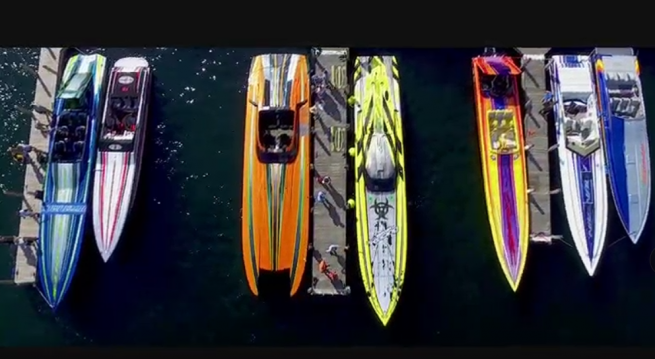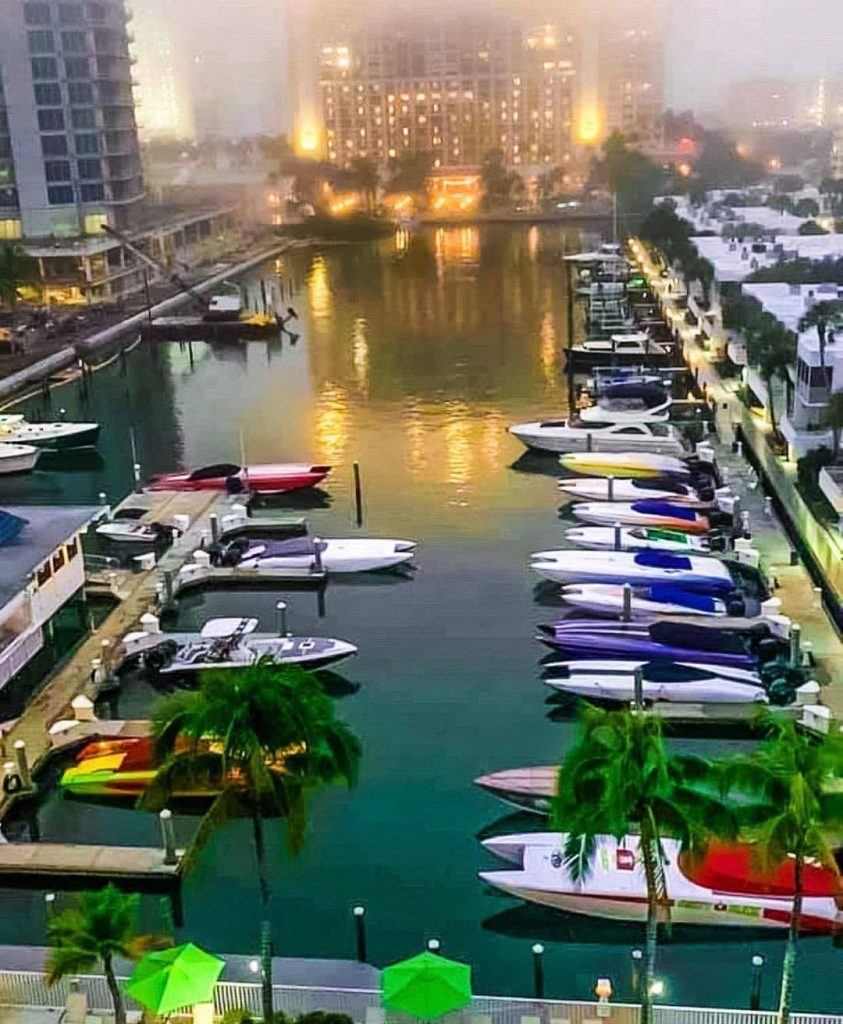Luglio 6, 2022
Fountain 38SC abitabilità, affidabilità e prestazioni
Fountain 38SC è una barca a console centrale sportiva di lusso, dove velocità, comodità e sicurezza s’integrano perfettamente, che il cantiere Fountain ha voluto costruire per tutti gli appassionati di barche ad alte prestazioni, che...

